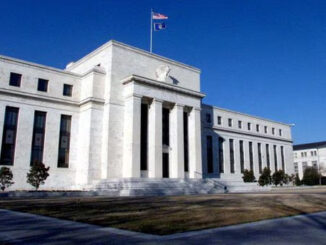
Home sales and mortgage originations are predicted to drop.
While U.S. gross domestic product was weaker than expected, contracting by 1.4% on an annualized basis, persistent inflation, rising interest rates and weakening global growth led Fannie Mae to predict modest U.S. economic growth for the remainder of the year – and an increasing risk of a recession sooner rather than later.
“We are maintaining our call for a recession to occur in the second half of 2023, as we continue to believe that the tightening of monetary policy aimed at curtailing inflation will ultimately tip the economy into a contraction,” Fannie Mae’s report said. “However, the risks of a recession beginning sooner are growing as inflation remains persistent, financial market conditions tighten and growth in Europe and China weakens further.”
The GSE also revised total home sales this year, saying they’ll drop by 3.7% this year to 6.1 million and will drop to 5.4 million next year. Fannie Mae also says it expects mortgage origination activity to total $2.7 trillion this year and to fall to $2.25 trillion next year, down from the respective $2.82 trillion and $2.41 trillion next year that it previously predicted.
“Financial conditions have tightened significantly, and the economy is slowing faster than previously expected as markets adjust to the Federal Reserve’s tightening guidance,” said Doug Duncan, Fannie Mae Senior Vice President and Chief Economist. “Uncertainty continues to weigh heavily on markets, with geopolitical risks rising as the Russian war on Ukraine extends into its third month.
“The impact to prices of expected reductions in agricultural production, as well as continued increases in house prices, suggest to us a difficult path for the Fed to return inflation to its two-percent target rate in a timely manner – and, of course, in the absence of an economic downturn,” he added.
Fannie Mae also said that with the 30-year fixed mortgage at around 5.3%, it estimates that the monthly principal and interest payments on a median-priced home cost homeowners $1,800 a month, up by more than $500, with much of that increase happening since February.
The U.S. Bureau of Labor Statistics last week measured the Consumer Price Index, often considered the measure of inflation, at 8.3%.
Source: Nationalmortgageprofessional.com



